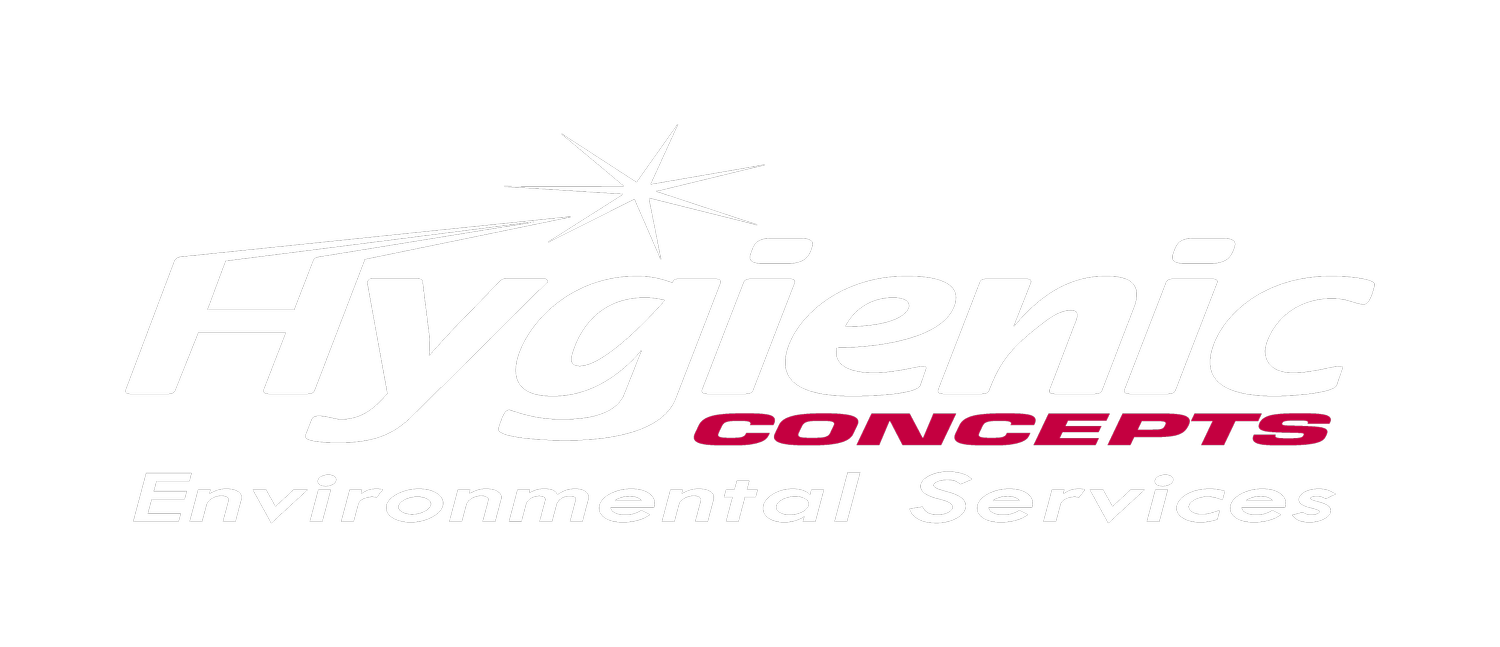The Importance of Surface Sanitisation in Food Preparation Areas: Safeguarding Your Health and Well-Being
In any food preparation area, be it a restaurant kitchen or your own home, maintaining a high standard of cleanliness is paramount. One of the key practices that should never be overlooked is surface sanitisation. In this blog post, we'll explore the reasons why sanitising surfaces in food preparation areas is so crucial for ensuring food safety, preventing foodborne illnesses, and creating a hygienic environment for both consumers and food handlers
Eliminate Harmful Pathogens
Food preparation areas are breeding grounds for potentially harmful microorganisms, including bacteria, viruses, and fungi. These pathogens can contaminate surfaces through raw foods, cross-contamination, and improper handling. By regularly sanitising surfaces, you can effectively eliminate or reduce these pathogens, preventing them from coming into contact with food and causing illnesses.
Prevent Cross-Contamination
Cross-contamination occurs when harmful microorganisms are transferred from one surface or food to another, leading to the spread of contaminants. By sanitising surfaces, especially cutting boards, countertops, and utensils, you can break the chain of cross-contamination and ensure that germs are not transferred to ready-to-eat foods
Comply with Food Safety Regulations
Health and safety regulations for food establishments mandate strict adherence to cleanliness standards. Proper surface sanitisation is a vital aspect of these regulations. Failure to maintain a hygienic environment can lead to severe consequences, including fines, closures, and damage to reputation.
Protect Consumers Health
Consuming food that has been prepared on unsanitised surfaces can lead to various foodborne illnesses, ranging from mild stomach discomfort to severe infections. Sanitising surfaces helps protect consumers from these health risks and maintains their trust in your establishment or home kitchen.
Ensure Employee Safety
Food handlers are at risk of contracting illnesses if they work in an environment with poor sanitation practices. Surface sanitisation protects the health of food handlers, reducing absenteeism and maintaining a motivated and productive workforce.
Best Practices for Surface Sanitisation in Food Preparation Areas;
Select food-safe sanitisers that are approved for use in food preparation areas. Like the Flourish Professional All Surface Sanitiser
Ensure that food contact surfaces are thoroughly cleaned before applying sanitisers. Follow the recommended contact time for the sanitiser to be effective, as specified by the manufacturer.
Pay close attention to surfaces that are frequently touched, such as door handles, faucets, and refrigerator handles, as these are common sources of contamination.
Develop a regular sanitising schedule that includes daily or more frequent sanitisation of high-risk areas and surfaces.
Provide comprehensive training to employees on proper sanitising procedures and the importance of maintaining a hygienic food preparation environment.
Sanitising surfaces in food preparation areas is not just a good practice; it is a fundamental responsibility. By implementing effective surface sanitisation, you protect the health and safety of consumers, prevent foodborne illnesses, and maintain compliance with food safety regulations. Embrace surface sanitisation as an integral part of your food handling routine to ensure a clean, safe, and successful food preparation environment. Remember, a well-sanitised kitchen is a healthy kitchen!
Contact us to find out more about our Flourish Professional range, including our All Surface Sanitiser
🌐 https://www.hygienicconcepts.co.uk/our-range
✉️ info@hygienicconcepts.co.uk
📞 01543 495030
#surfacesanitiser #hygiene #hygienicconcepts #hcblog

